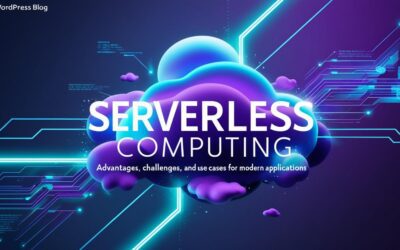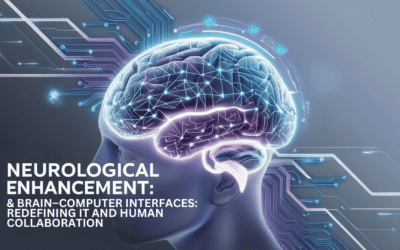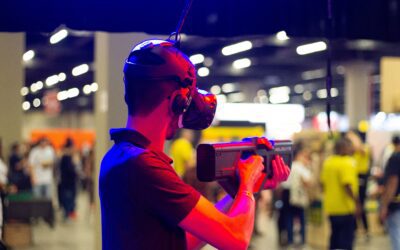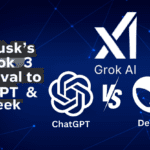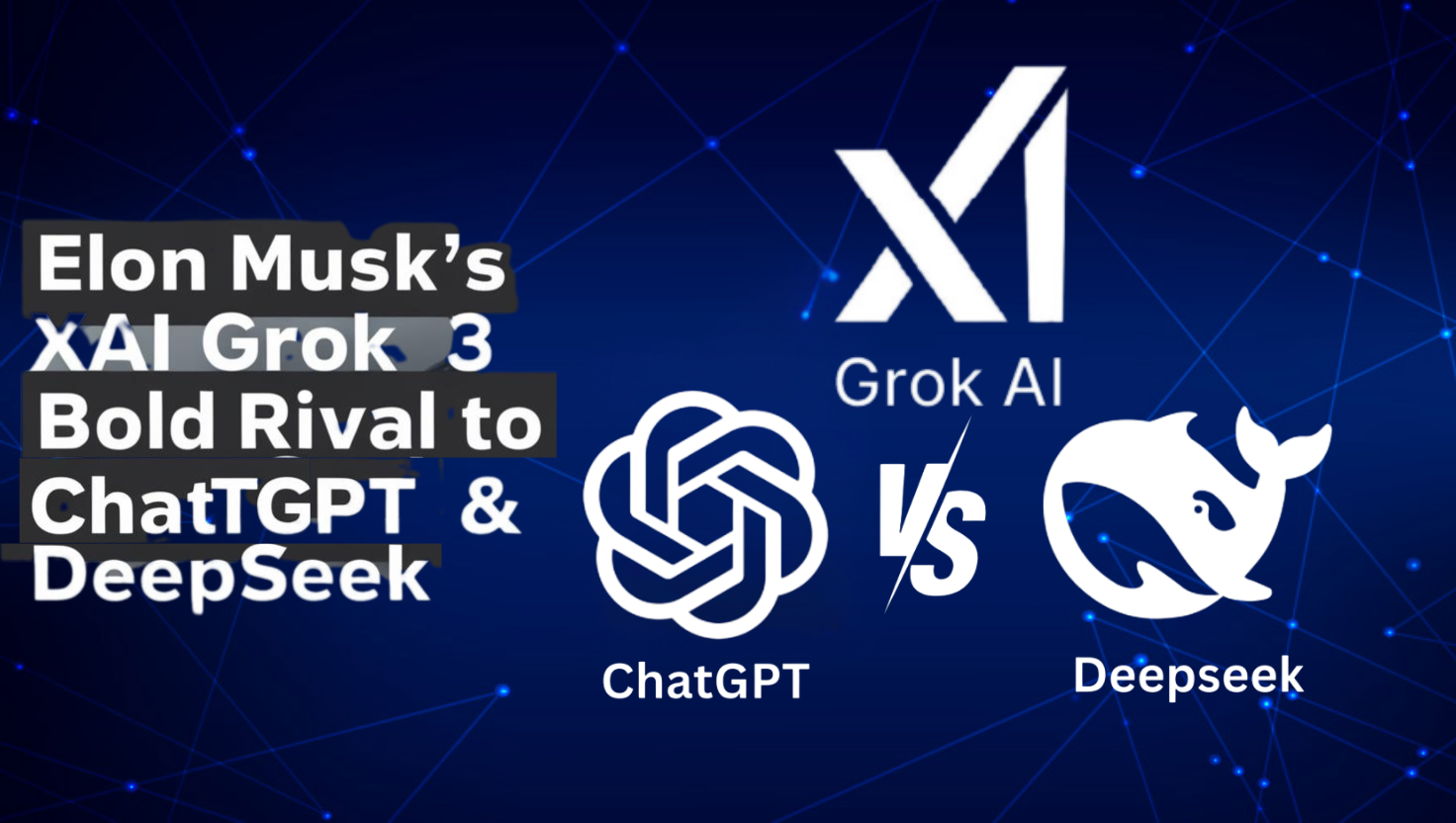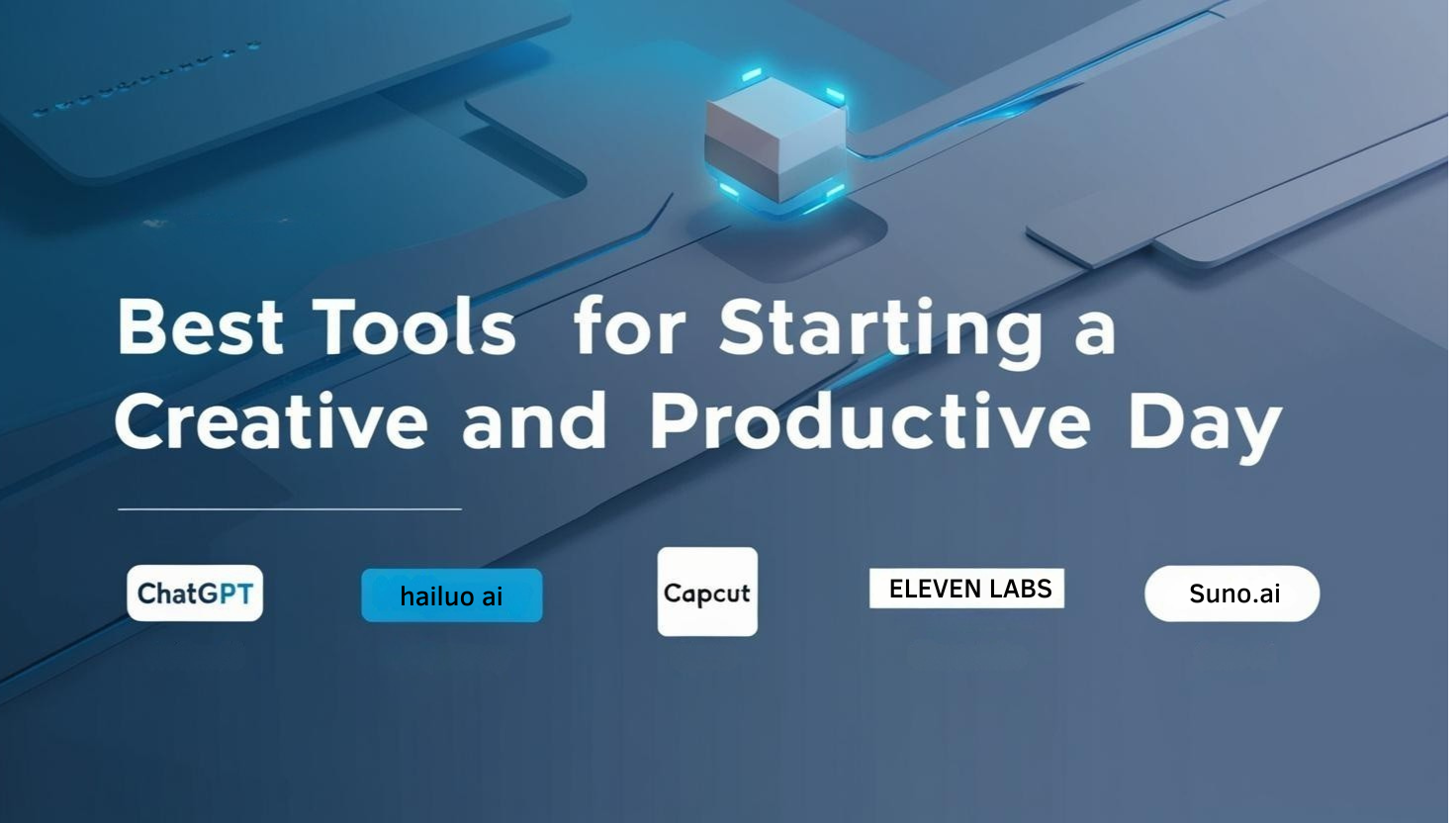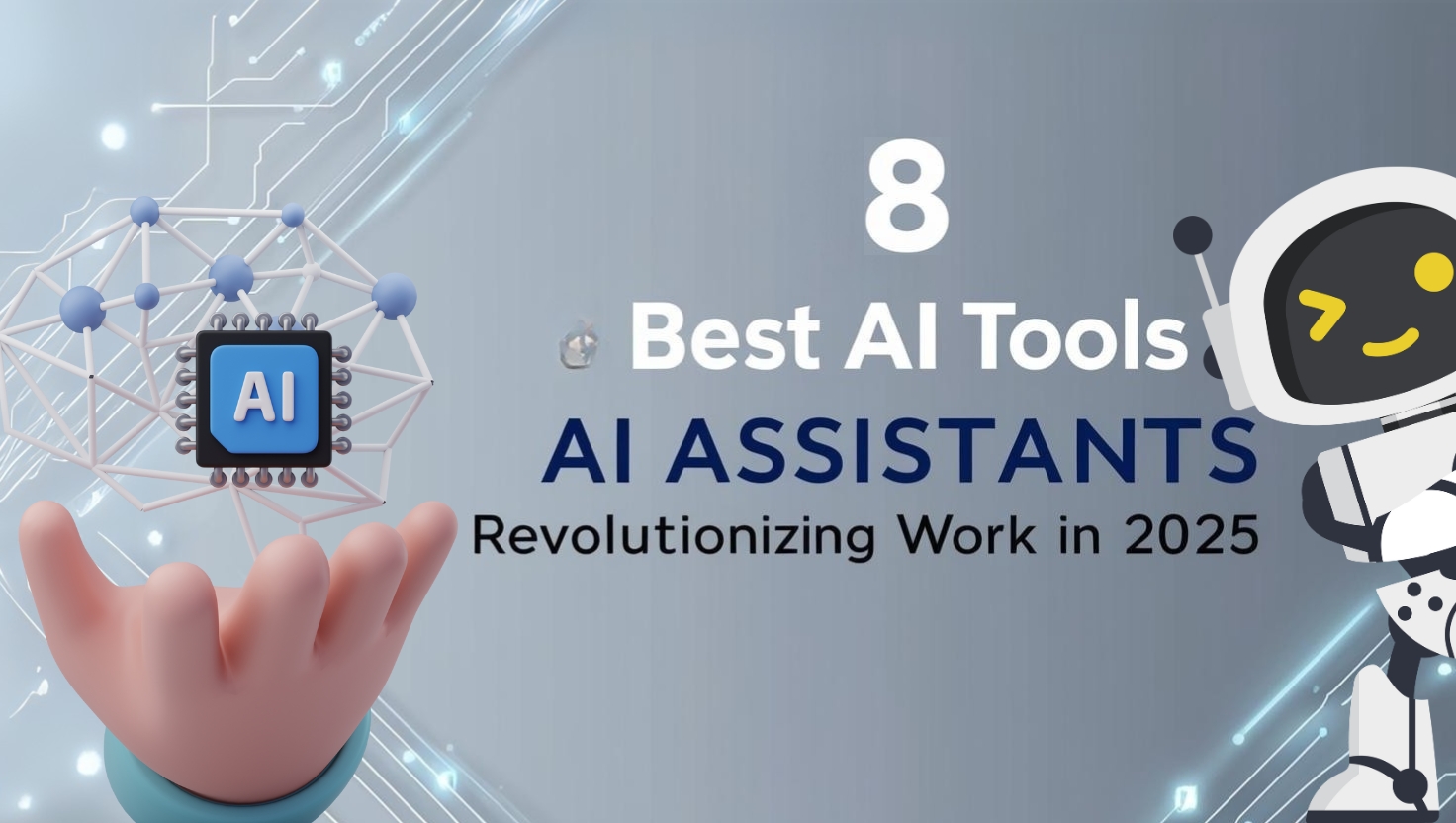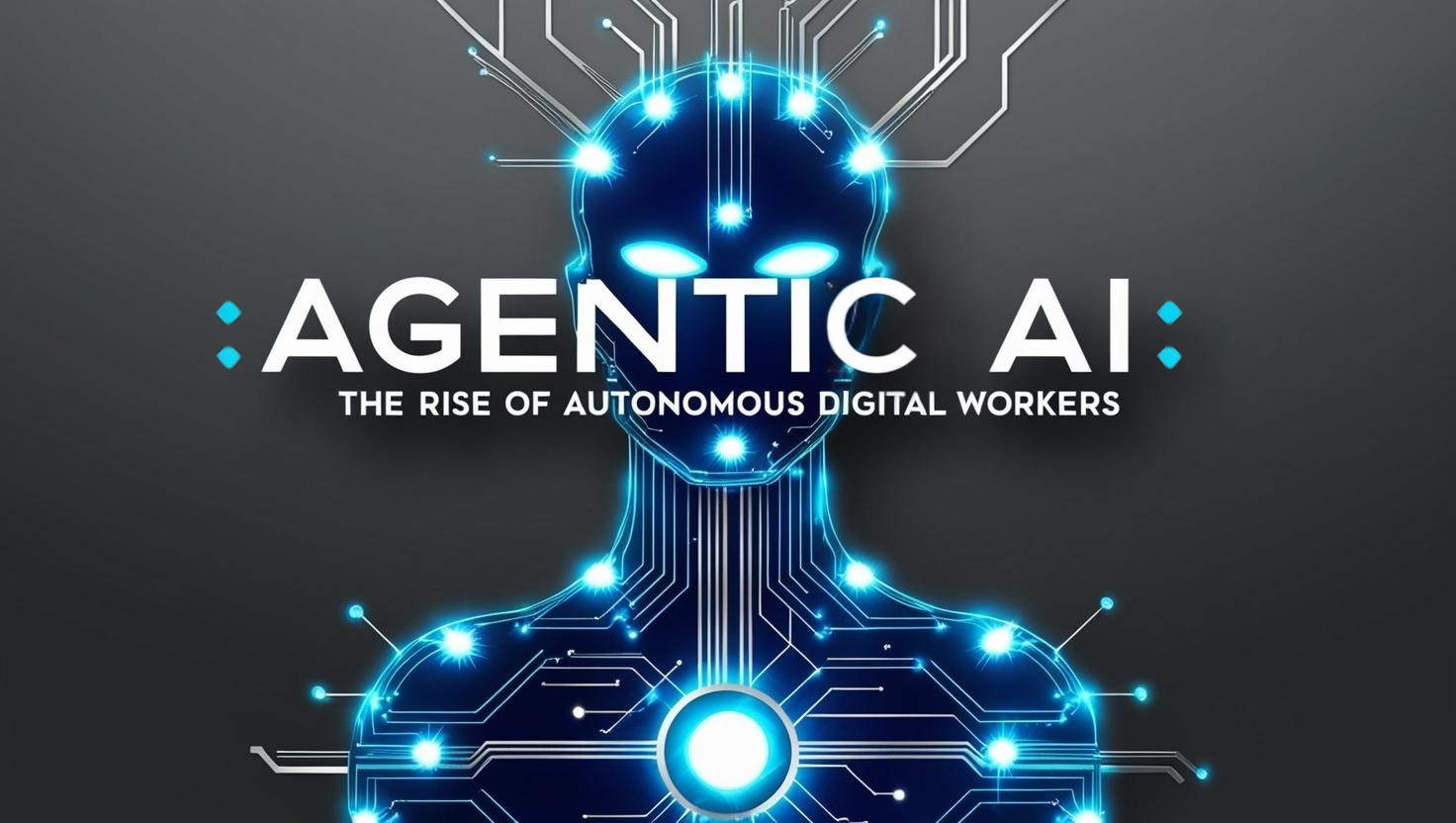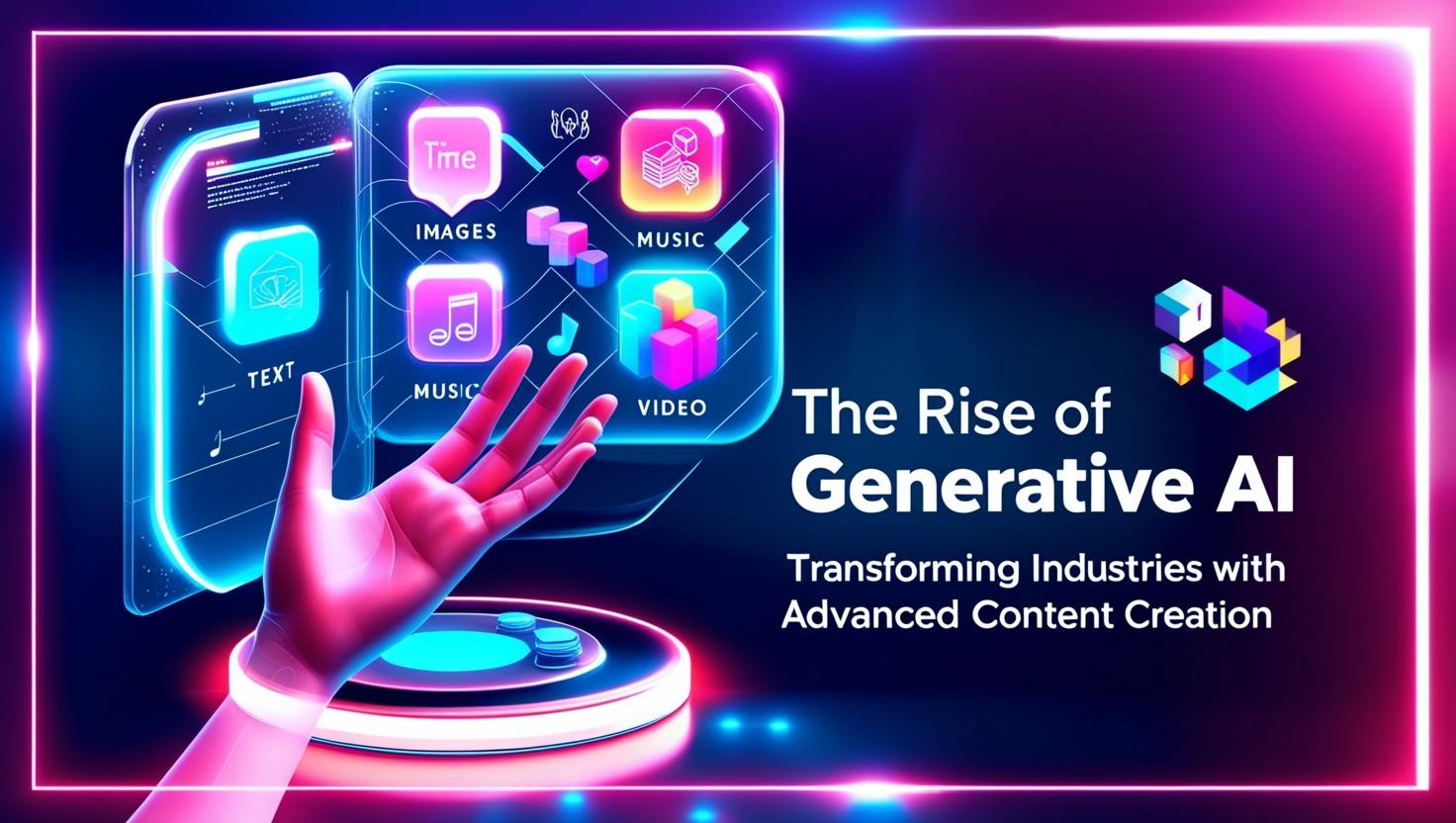Key Points
- Grok 3, developed by xAI, features advanced reasoning and “Big Brain” mode, challenging ChatGPT and DeepSeek.
- It excels in math, science, and coding, with top rankings in benchmarks like AIME and Chatbot Arena.
- “Big Brain” mode enhances complex problem-solving, potentially disrupting AI applications in research and healthcare.
- Its computational power, trained on 200,000 GPUs, is 10x greater than its predecessor, Grok 2.
Introduction to Grok 3
Grok 3, launched by Elon Musk’s xAI in February 2025, is making waves in the AI industry with its advanced reasoning capabilities and innovative “Big Brain” mode. This model is designed to compete with established players like OpenAI’s ChatGPT and DeepSeek, promising to redefine AI’s role in various sectors. Its ability to think step-by-step and handle complex tasks could transform how businesses and researchers use AI.
Advanced Features and Market Impact
Grok 3’s advanced reasoning allows it to break down problems into steps, verify solutions, and correct errors, making it ideal for tasks requiring deep cognitive processing. The “Big Brain” mode, which allocates extra computational resources, is particularly suited for challenging problems in mathematics, science, and coding. This could disrupt the AI market by offering superior performance in specialized applications, potentially shifting market share from existing models.
Comparative Edge and Real-World Applications
Compared to ChatGPT and DeepSeek, Grok 3 has shown impressive results in benchmarks, such as outperforming rivals in the 2025 AIME and achieving a top spot in the Chatbot Arena. Hypothetical uses include aiding scientific research by analyzing particle physics data or enhancing healthcare with precise medical diagnoses. These capabilities could lead to new AI-driven innovations, especially in industries needing high-level reasoning.
Comprehensive Analysis of Grok 3’s Impact
Overview and Development
Grok 3, the latest AI model from xAI, was unveiled in February 2025, marking a significant advancement in the AI landscape. It is trained on the Colossus supercluster, utilizing an impressive 200,000 GPUs, which is 10x the computational power of its predecessor, Grok 2 (Elon Musk’s xAI releases its latest flagship model, Grok 3 | TechCrunch). This extensive training, involving 122 days of synchronous training on 100,000 GPUs followed by 92 days of scaling up, underscores its capability to handle complex tasks (Musk’s xAI Unveils Grok-3: More Power, But Is It Breaking New Ground? | Decrypt). The model’s development, completed in just over eight months, was powered by xAI’s Colossus supercomputer, reportedly using over 100,000 Nvidia GPU hours (Grok 3 launch Updates: X nearly doubles Premium+ subscription price after Grok 3 launch, but India sees no hike | Mint).
Advanced Reasoning Capabilities
Grok 3’s advanced reasoning is a cornerstone of its design, enabling it to perform logical inferences and solve problems step-by-step, akin to human reasoning. This is facilitated by reinforcement learning at an unprecedented scale, allowing the model to refine its problem-solving strategies, correct errors through backtracking, and utilize pretraining knowledge (Grok 3 Beta — The Age of Reasoning Agents | xAI Blog). It can think for seconds to minutes, exploring multiple approaches and verifying solutions, which is particularly effective for tasks in mathematics, science, and coding (Elon Musk’s Grok 3: Performance, How to Access, and More | Analytics Vidhya). This capability is likened to chain-of-thought reasoning, where the model breaks down complex queries into manageable steps, ensuring logical consistency and contextual alignment (Part 3 – Advanced Reasoning in Context | Medium).
Benchmarks highlight its prowess, with Grok 3 achieving an Elo score of 1402 in the Chatbot Arena and solving previously unseen problems in the 2025 AIME (Grok 3 Beta — The Age of Reasoning Agents | xAI Blog). It also outperformed models like OpenAI’s o3-mini, DeepSeek-V3, Gemini 2.0, and Claude 3.5 Sonnet in graduate-level science questions (GPQA) and coding tasks (LiveCodeBench) (Grok 3 Technical Review: Everything You Need to Know | Helicone). In the LMSYS Arena, it scored 1399 in coding, compared to Google’s Gemini 2 Pro at 1372, indicating a 53% expected win rate in head-to-head comparisons (Grok 3 Reasoning: Decoding xAI’s Synthetic Reasoning Powerhouse | Medium).
The Role of “Big Brain” Mode
“Big Brain” mode is a high-performance setting in Grok 3, designed for computationally intensive tasks. It allocates extra resources to deliver higher accuracy, deeper insights, and detailed responses, making it suitable for scientific research, multi-layered AI tasks, and complex problem-solving (Grok 3: Features, Access, O1 and R1 Comparison & More | DataCamp). This mode is accessed via the Grok app, alongside a “Think” mode for general queries, and is particularly effective for tasks requiring extended reasoning, such as large data analysis or creating games combining elements like Tetris and Bejeweled (Elon Musk Reveals Grok 3 AI Chatbot: Here’s What It Can Do | PCMag).
The mode’s impact is evident in its ability to outperform models like Claude 3.5 Sonnet on tough math problems while maintaining comparable speed, though it requires prompt engineering expertise to maximize effectiveness (Grok 3 Reasoning: Decoding xAI’s Synthetic Reasoning Powerhouse | Medium). This feature positions Grok 3 as a potential disruptor, offering a level of depth that could challenge existing AI models in specialized applications.
Comparison with ChatGPT and DeepSeek
Grok 3 is positioned as a direct competitor to OpenAI’s ChatGPT, currently based on GPT-4o, and DeepSeek’s V3 model. ChatGPT is known for its versatility, with features like internet browsing, image generation via DALL·E 3, and conversational abilities (ChatGPT — Release Notes | OpenAI Help Center). DeepSeek, meanwhile, has been noted for its open-source models and performance in coding and reasoning tasks (Musk’s xAI unveils Grok-3 AI chatbot to rival ChatGPT, China’s DeepSeek | Reuters).
In comparative analyses, Grok 3 has shown superior performance in specific benchmarks. For instance, it topped the Chatbot Arena leaderboard under the codename “Chocolate,” outperforming GPT-4o, Claude 3.5 Sonnet, and Gemini 1.5 Pro in blind user-voted evaluations (Grok 3 Technical Review: Everything You Need to Know | Helicone). It also claimed to outperform ChatGPT and DeepSeek in math, science, and coding, based on early testing, though independent verification is pending (How Grok 3 compares to ChatGPT, DeepSeek and other AI rivals | Mashable).
The market impact is significant, with xAI’s aggressive pricing strategy, such as raising X Premium+ subscription to $40/month for access to Grok 3, signaling a push to capture market share (Grok 3 launch Updates: X nearly doubles Premium+ subscription price after Grok 3 launch, but India sees no hike | Mint). This could pressure competitors to innovate, especially as Grok 3’s reasoning models challenge the status quo in AI applications.
Real-World Examples and Hypothetical Use Cases
While specific real-world examples are limited due to Grok 3’s recent release, hypothetical applications highlight its potential. In scientific research, it could analyze particle physics data to discover new subatomic particles, leveraging its reasoning to interpret complex datasets (I tested Grok-3 with 5 prompts — here’s what I like and don’t like about this chatbot | Tom’s Guide). In healthcare, it could integrate patient records and genetic information for precise diagnoses, enhancing personalized treatment plans (Understanding Grok 3: A Leap in AI Reasoning | Onvo AI Blog).
For developers, Grok 3’s coding capabilities could automate debugging and generate complex code, while researchers could use it for hypothesis generation and data analysis (Grok 3: Everything you need to know about this new LLM by xAI | Daily.dev). These use cases underscore its potential to disrupt industries requiring advanced cognitive processing.
Statistical Insights and Benchmarks
Grok 3’s benchmark performance is impressive, with the following results:
| Benchmark | Performance |
|---|---|
| AIME 2025 | Solved previously unseen problems correctly |
| GPQA | Outperformed leading models in graduate science |
| LiveCodeBench | Demonstrated superior coding abilities |
| Chatbot Arena Elo | Achieved 1402, topping leaderboard |
| LMSYS Arena Coding | Scored 1399, vs. Gemini 2 Pro at 1372 |
These statistics, sourced from xAI’s release and community evaluations, indicate its edge in reasoning tasks, though independent validation is crucial (Grok 3 Beta — The Age of Reasoning Agents | xAI Blog, Grok 3 Technical Review: Everything You Need to Know | Helicone).
Actionable Insights for Stakeholders
For businesses, adopting Grok 3 could mean leveraging its advanced reasoning for competitive advantages in research and development. AI enthusiasts can explore its capabilities through X Premium+ subscriptions, starting at $40/month, to test its potential in innovative projects (Elon Musk debuts Grok 3, an AI model that he says outperforms ChatGPT and DeepSeek | CNN Business). However, stakeholders should critically assess its limitations, such as the need for prompt engineering expertise and potential ethical concerns, to ensure responsible use.
Future Outlook and Conclusion
Grok 3’s introduction is a pivotal moment in AI, with its advanced reasoning and “Big Brain” mode setting new standards. As it evolves, its impact on industries like technology, healthcare, and education will likely grow, driven by competition with OpenAI and DeepSeek. The future may see increased innovation, with xAI planning to open-source Grok 2 and introduce voice features, potentially reshaping the AI market (Musk’s xAI adds ‘Big Brain’ reasoning to Grok-3 | The Verge). Stakeholders must stay informed, evaluate developments critically, and consider ethical implications to navigate this transformative landscape effectively.
Key Citations
- Elon Musk’s xAI releases its latest flagship model, Grok 3 | TechCrunch
- Grok 3 Beta — The Age of Reasoning Agents | xAI Blog
- Elon Musk’s Grok 3: Performance, How to Access, and More | Analytics Vidhya
- Grok 3 Technical Review: Everything You Need to Know | Helicone
- ChatGPT — Release Notes | OpenAI Help Center
- Musk’s xAI unveils Grok-3 AI chatbot to rival ChatGPT, China’s DeepSeek | Reuters
- I tested Grok-3 with 5 prompts — here’s what I like and don’t like about this chatbot | Tom’s Guide
- Grok 3: Everything you need to know about this new LLM by xAI | Daily.dev
- How Grok 3 compares to ChatGPT, DeepSeek and other AI rivals | Mashable
- Grok 3 launch Updates: X nearly doubles Premium+ subscription price after Grok 3 launch, but India sees no hike | Mint
- Elon Musk debuts Grok 3, an AI model that he says outperforms ChatGPT and DeepSeek | CNN Business
- Musk’s xAI Unveils Grok-3: More Power, But Is It Breaking New Ground? | Decrypt
- Understanding Grok 3: A Leap in AI Reasoning | Onvo AI Blog
- Part 3 – Advanced Reasoning in Context | Medium
- Grok 3 Reasoning: Decoding xAI’s Synthetic Reasoning Powerhouse | Medium
- Elon Musk Reveals Grok 3 AI Chatbot: Here’s What It Can Do | PCMag
- Musk’s xAI adds ‘Big Brain’ reasoning to Grok-3 | The Verge
- Grok 3: Features, Access, O1 and R1 Comparison & More | DataCamp


